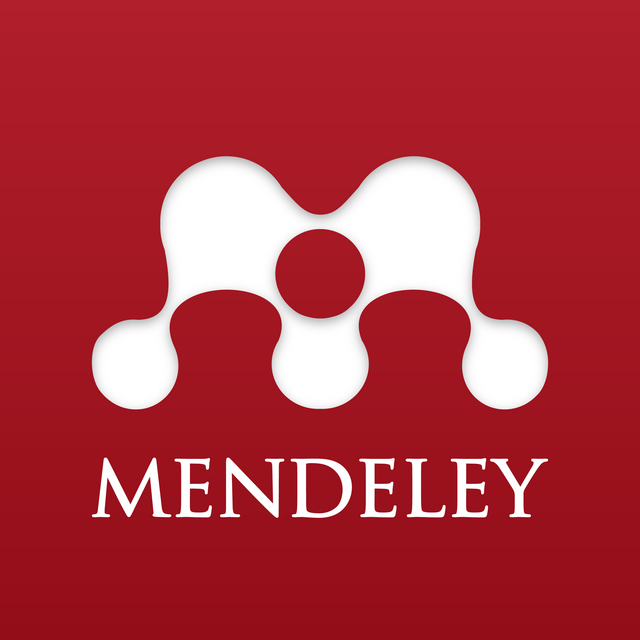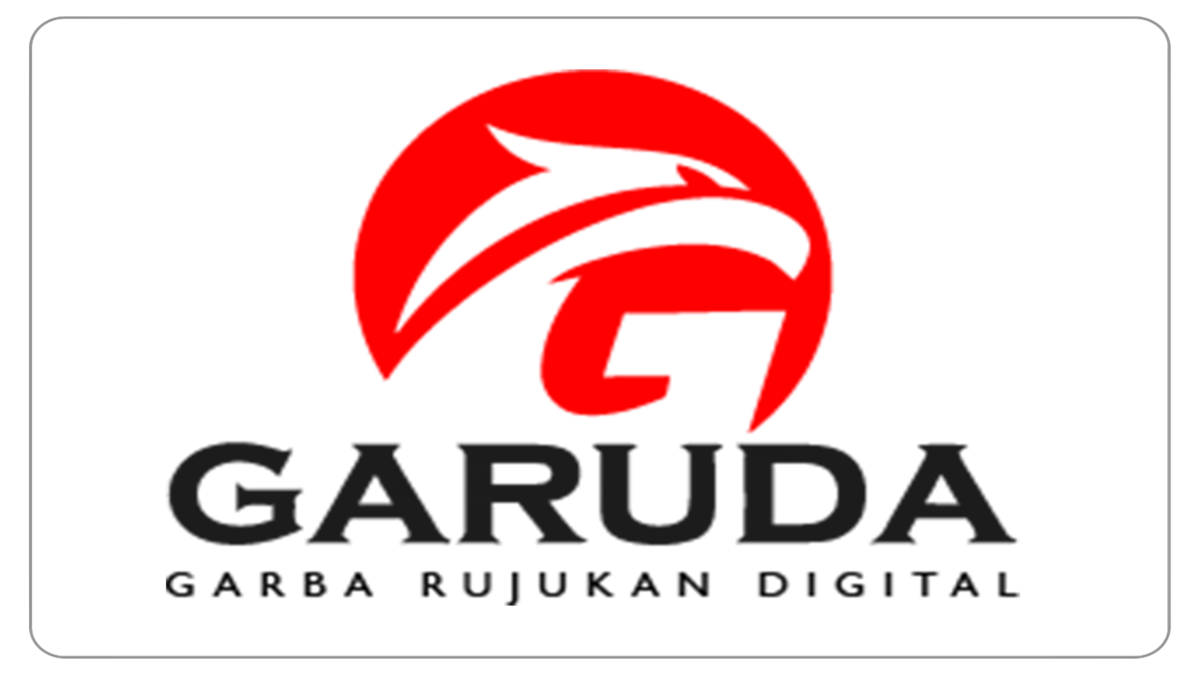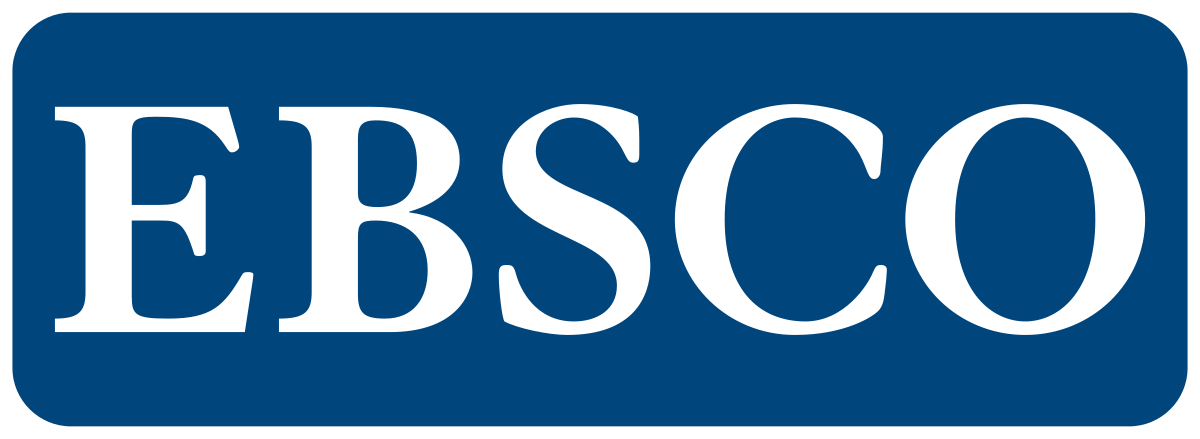Analysis of Raw Material Inventory Control in Robusta Ground Coffee Production
DOI:
https://doi.org/10.23960/jtepl.v14i4.1212-1221 Abstract View: 184
Abstract View: 184
Abstract
This study aims to analyze raw material inventory control using the Material Requirements Planning method as raw material inventory control and to forecast inventory in 2024. The data analysis method is qualitative quantitative descriptive analysis. This analysis was carried out at CV Kopi Citarasa Persada. Efficiency data processing uses Minitab 21 and Excel. The problem in this study is related to frequent running out of raw materials due to late ordering by the company. The results of the study show that the availability of raw materials for coffee beans, packaging and stickers has a Lead Time of 4 days with the application of the Lot Sizing method, Part Period Balancing technique and the Wagner Within Algorithm which are the most efficient in obtaining minimum ordering costs in this study. Robusta ground coffee demand data for a year in 2023 produces forecast data for January and February 2024 by comparing the Moving Average and Single Exponential Smoothing techniques. The comparison results show that the Moving Average technique is suitable for forecasting raw material inventory because it has a smaller MAD value, the smaller the forecast value obtained, the more accurate it is in determining the size of the data as it was originally.
Keywords: Forecasting, Lot Sizing, Material Requirements Planning.
Downloads
References
Aida, N., Kantun, S., & Tiara. (2022). Analisis pengendalian persediaan bahan baku menggunakan metode EOQ pada pabrik tahu di Kabupaten Jember. Adi Bisnis Digital Interdisiplin (ABDI Jurnal), 4(1), 9-16. https://doi.org/10.34306/abdi.v4i1.890
Deftania, A., Meri, M., & Linda, R. (2022). Analisis pengendalian persediaan bahan baku dengan metode economic order quantity. UNES Journal of Scientech Research, 7(1), 035-045. Retrieved from https://ojs.ekasakti.org/index.php/UJSR/article/view/304
Destianto, A.S. (2022). Rancang bangun sistem pendukung keputusan pemilihan metode lot sizing terbaik untuk pengendalian persediaan bahan baku pada UD. Tanjung Sari. [Undergraduated Thesis]. Universitas Dinamika.
Dinas Pertanian Kabupaten Pasuruan. (2020). Hasil produksi kopi di Kecamatan Tutur Kabupaten Pasuruan tahun 2019. https://satudata.pertanian.go.id (Accessed on December 5, 2023).
Eunike, A., Setyanto, N.W., Yuniarti, R., Hamdala, I., Prasetyo, R., & Fanani, A.A. (2020). Perencanaan produksi dan pengendalian persediaan. Malang: Universitas Brawijaya.
Guillaume, R., Thierry, C., & Zieliński, P. (2017). Robust material requirement planning with cumulative demand under uncertainty. International Journal of Production Research, 55(22), 6824–6845. https://doi.org/10.1080/00207543.2017.1353157
Haydar, R., & Nurrahman, A. (2022). Aplikasi dashboard pengendalian persediaan bahan baku menggunakan EOQ probabilistik pada pabrik beras. Jurnal Riset Teknik Industri, 2(2), 151-160. https://doi.org/10.29313/jrti.v2i2.1329
Irwansyah. (2020). Penerapan material requirements planning dalam perencanaan persediaan bahan baku jamu perkasa pada PT. Nyonya Meneer Semarang. [Undergraduated Thesis]. Universitas Diponegoro.
Kholil, M., Chandra, A., & Hanum, B. (2019). Perencanaan pengendalian produksi & logistik. Bogor: Mitra Wacana Media.
Limakrisna, N. (2019). Teori dan Kasus Manajemen Operasi. Yogyakarta: Deepublish.
Martono, V.R. (2018). Manajemen Operasi Konsep & Aplikasi. Jakarta: Salemba Empat.
Maury, J., Dundu, A.K.T., & Arsjad, T.T. (2018). Perencanaan biaya berdasarkan jumlah dan waktu pemesanan dengan metode MRP (Material Requirement Planning) (Studi kasus: dilakukan pada proyek pembangunan terminal AKAP Tangkoko Bitung). Jurnal Sipil Statik, 6(10), 861-866.
Nasution, H., & Situmorang, M.I.F. (2015). Analisis pengendalian persediaan produk untuk meminimumkan biaya persediaan dengan algoritma Wagner-Within. KARISMATIKA, 1(3), 61-71.
Pratama, D.A., Hidayati, S., Suroso, E., & Sartika, D. (2020). Analisis peramalan permintaan dan pengendalian persediaan bahan baku pembantu pada industri gula (Studi kasus PT. XYZ Lampung Utara). Jurnal Penelitian PertanianTerapan, 20(2), 148–160. https://doi.org/10.25181/jppt.v20i2.1636
Pratama, K.L. (2019). Standard operating procedure in couvee coffee using material requirements planning approach. [Undergraduated Thesis]. Universitas Islam Indonesia.
Purwoko, S. (2022). Perencanaan dan Pengendalian Produksi. Yogyakarta: Deepublish.
Ramawati, R., Soedarto, T., & Nurhadi, E. (2019). Pengolahan kopi dan analisis nilai tambah kopi robusta di Kecamatan Tutur Kabupaten Pasuruan. Berkala Ilmiah Agribisnis AGRIDEVINA, 8(2). https://doi.org/10.33005/adv.v8i2.1859
Rhufyano, A., Robbani, M., Arifin, H., Mufti, J., & Lazuardy, A. (2022). Optimizing Efficiency through Application of the Materials Requirement Planning and Demand Forecasting: A Case Study of a Small and Medium-Sized Enterprise in the Tea Beverage Industry. In 5th European International Conference on Industrial Engineering and Operations Management, https://doi.org/10.46254/EU05.20220243
Sofyan, D.K. (2017). Analisis persediaan bahan baku buah kelapa sawit pada PT. Bahari Dwikencana Lestari. Industrial Engineering Journal, 6(1), 50–56.
Tersine, R. (1994). Principle of Inventory and Materials Management Fourth Edition. New Jersey: PTR Prentice_Hall,inc.
Downloads
Published
How to Cite
Issue
Section
License
Copyright (c) 2025 Adinda Dwi Ulfah Maharani, Sri Tjondro Winarno, Sri Widayanti

This work is licensed under a Creative Commons Attribution-ShareAlike 4.0 International License.
Authors who publish with this journal agree to the following terms:
Authors retain copyright and grant the journal right of first publication with the work simultaneously licensed under a Creative Commons Attribution-ShareAlike 4.0 International Lice that allows others to share the work with an acknowledgement of the work's authorship and initial publication in this journal.
Authors are able to enter into separate, additional contractual arrangements for the non-exclusive distribution of the journal's published version of the work (e.g., post it to an institutional repository or publish it in a book), with an acknowledgement of its initial publication in this journal.
Authors are permitted and encouraged to post their work online (e.g., in institutional repositories or on their website) prior to and during the submission process, as it can lead to productive exchanges, as well as earlier and greater citation of published work (See The Effect of Open Access).
Jurnal Teknik Pertanian Lampung

JTEPL is licensed under a Creative Commons Attribution-ShareAlike 4.0 International License.













